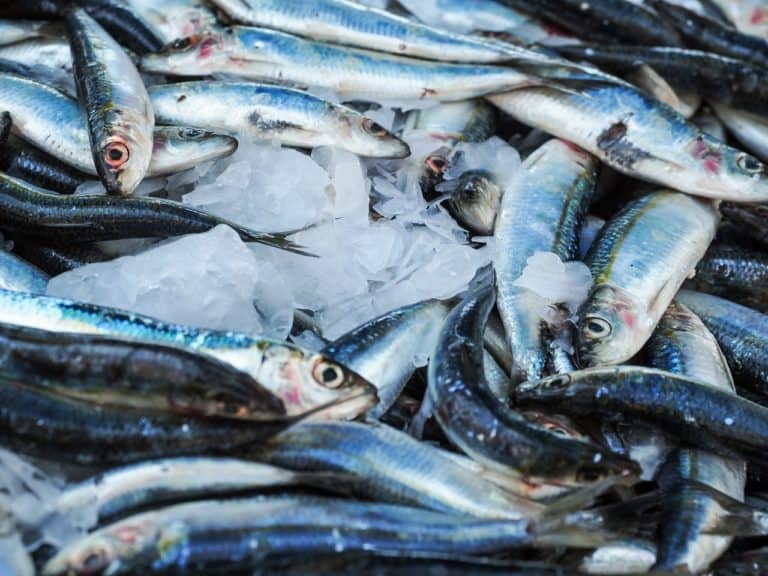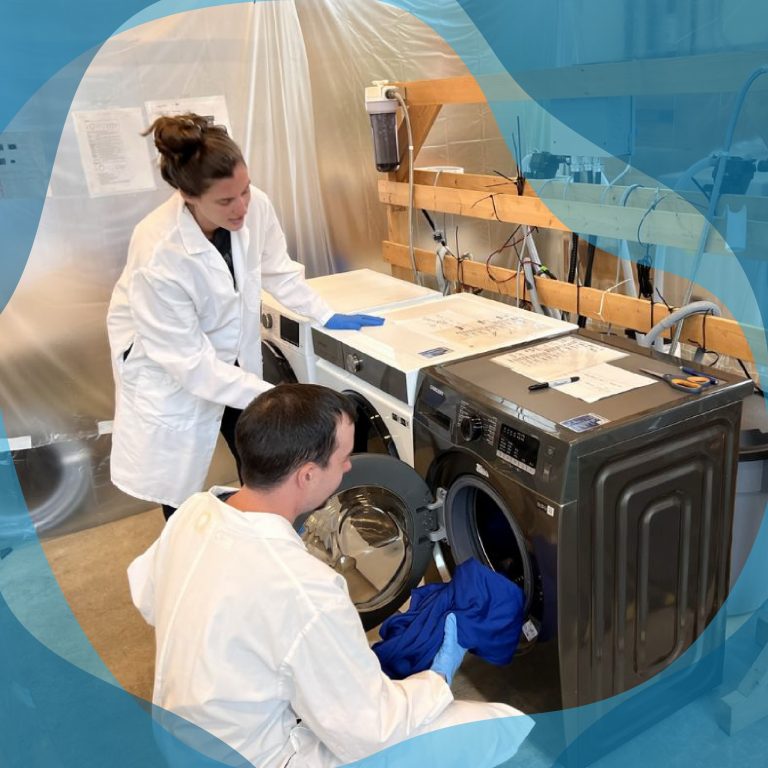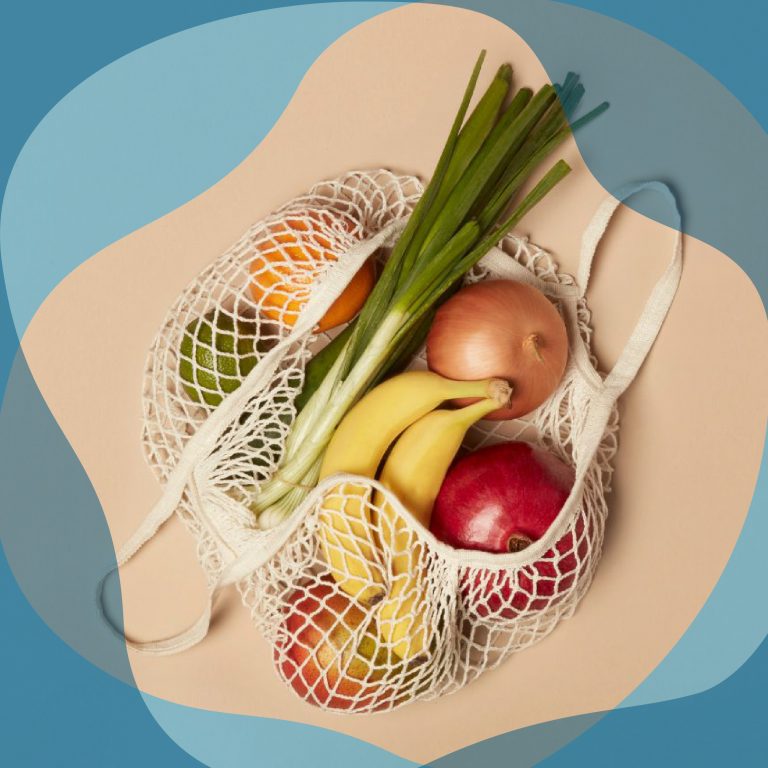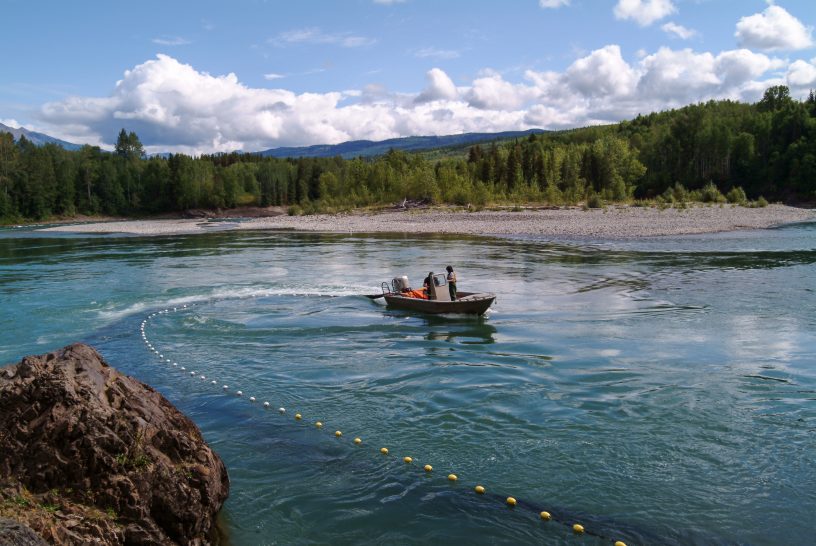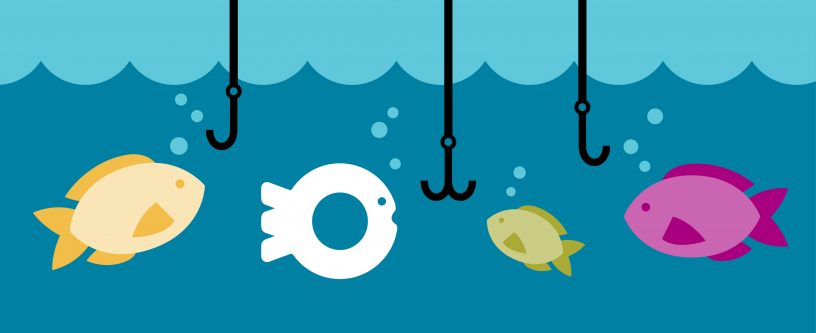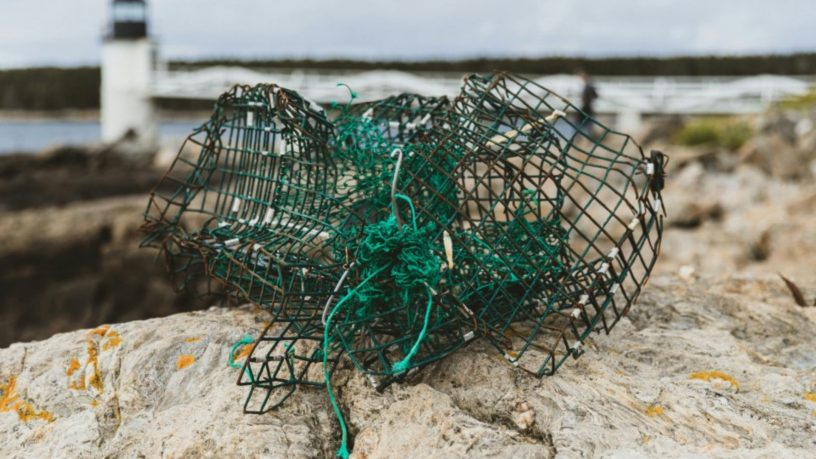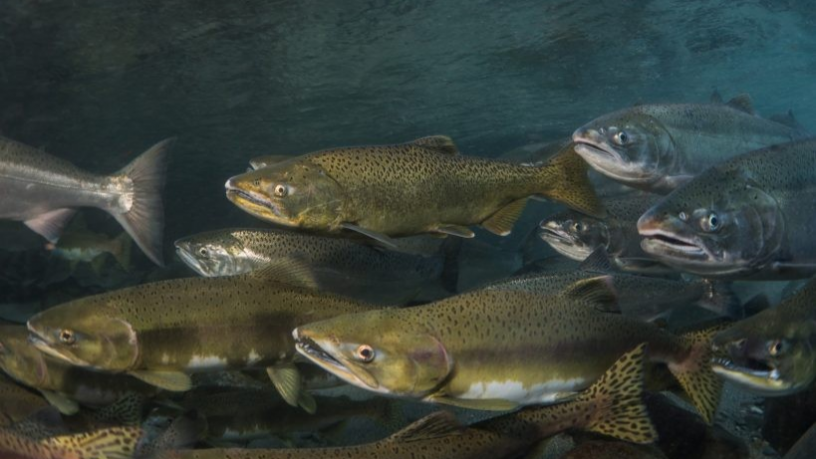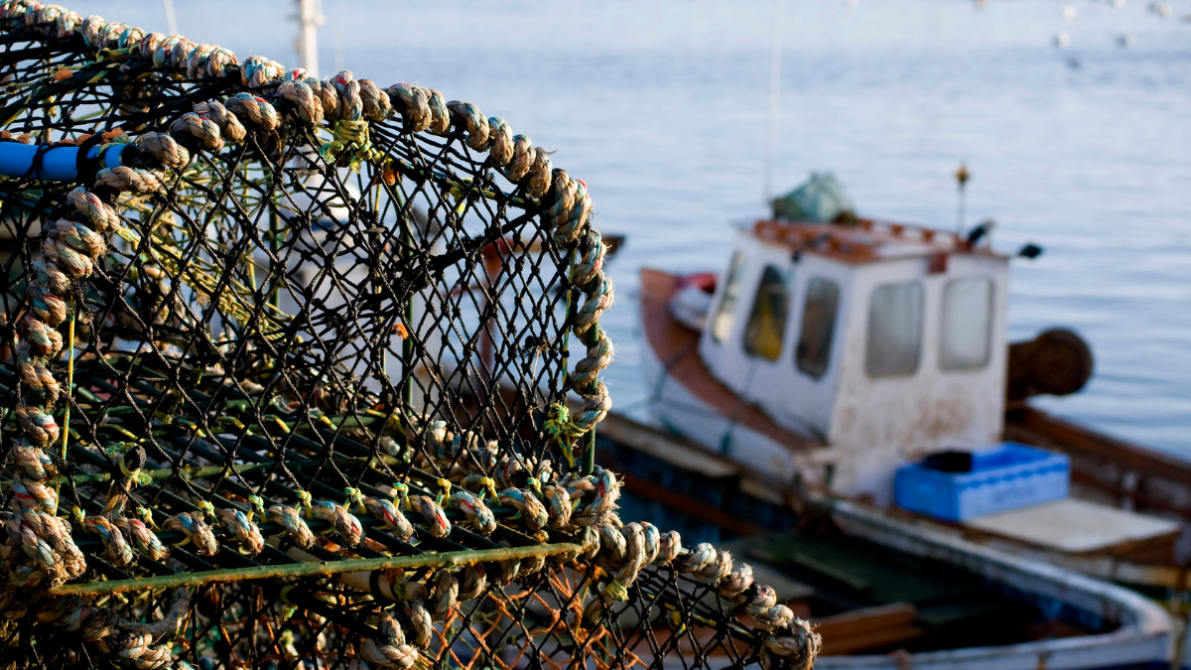
Lobster Limbo: Balancing Sustainability and Supporting Atlantic Fisherfolk
The American Lobster and Atlantic Canada
When you think of lobster, it’s hard to not also imagine the picturesque coast of Atlantic Canada. In Nova Scotia, lobster is the most valuable seafood product exceeding both salmon and crab (DFO, 2014; CBC, 2022). But the impact the industry has on the North Atlantic Right Whale has Atlantic Canada’s lobster fisheries struggling to mitigate ecological impacts while maintaining economic viability (AAAS, 2017).
Is Lobster Fishing Currently Sustainable?
Lobster fishing is not generally considered to be sustainable. However, the reasons behind that have less to do with the health of our lobster populations and more to do with the endangered species that call the same spaces home. Currently, many lobster fishing grounds also overlap with areas where the critically endangered North Atlantic Right Whales forage and feed.
With less than 350 North Atlantic Right Whales left in our ocean it is critically important that fishers be aware of how best to protect the species. Since 2017, North Atlantic Right Whale deaths have increased in Canada and the United States, largely because of fishing gear entanglements and vessel strikes.
When a whale is spotted in a lobster fishing zone, that zone is closed until the whale has left the area, or, in some cases, for the rest of the season (DFO, 2022). With rapid inflation already reducing profits for lobster fishers, these closures contribute to a direct loss of livelihood for fisherfolks and their communities (CBC, 2022).
But, hope is not lost. Thanks to some innovation within the fishing industry, it looks like there may be a solution on the horizon.
Ropeless Lobster Fishing Offers Hope for Right Whales
Ropeless (or Rope-On-Command) Fishing Gear eliminates the use of the vertical rope lines responsible for whale entanglements. Instead, these traps rely on an acoustic signal sent from the boat to the trap. When the fishing vessel returns to collect their catch, this signal causes a rope to deploy, bringing the trap back to the surface.(NOAA, 2021).
This groundbreaking gear advancement has the potential to simultaneously reduce both lobster fishery closures and the risk of North Atlantic Right Whale entanglements (Conservation Law Foundation, 2019). Gear testing is currently happening right here in Canada through the CanFish Gear Lending Program.
The CanFish Gear Lending Program
In Partnership with the Department of Fisheries and Oceans, the Canadian Wildlife Federation has been conducting successful Rope-On-Command Fishing Gear trials with harvesters since 2019 (CanFish, n.d.). Together they are working to address challenges such as the cost of ropeless fishing gear.

The demand for lobster is high, but so is the need to preserve our ocean. While there are still many challenges to address for widespread adoption of this technology, we’re excited about the possibility it brings!
For many coastal communities, seafood is so much more than just a source of protein. It’s a way of life, deeply engrained in their culture and a pivotal component of their local economy. As we strive for a future where the demand for sustainable seafood is met with responsible fishing methods, let us celebrate the steps taken and remain dedicated to protecting our oceans for generations to come.
With collaboration we hope to continue our support for the protection of the critically endangered North Atlantic Right Whale by one day recommending sustainably sourced lobster.
Learn more about our sustainable seafood standards and recommendations here.
Posted September 28, 2023 by Kim Bricker


